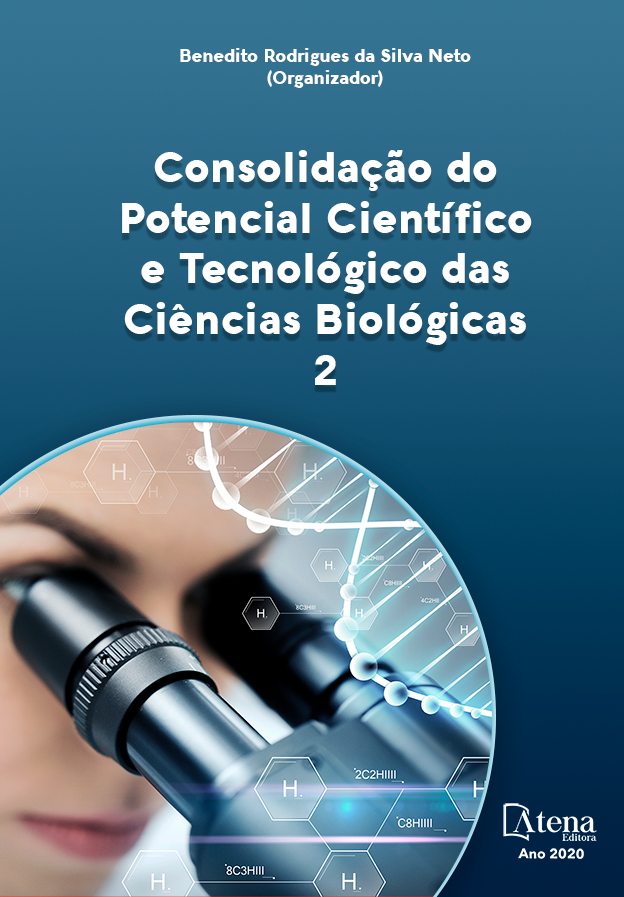
CONTROLE BIOLÓGICO, IN VITRO, DE FITOPATÓGENOS DE ESPÉCIES FLORESTAIS
O uso de fungos do gênero Trichoderma é uma alternativa viável para o controle de doenças tanto em espécies agrícolas quanto florestais. Nesse sentido, o trabalho objetivou avaliar diferentes isolados de Trichoderma no controle biológico, in vitro, de fitopatógenos associados a espécies florestais. Foram avaliados sete isolados de Trichoderma sobre oito fitopatógenos, por meio dos seguintes testes: taxa de crescimento em cultivo individual, confrontação direta, produção de compostos tóxicos e produção de compostos voláteis. Em todos os ensaios, os fungos foram incubados a 250C, sob fotoperíodo 12h e o tratamento controle consistiu do cultivo dos fitopatógenos na ausência dos agentes de biocontrole. Os isolados de Trichoderma, com exceção do Ta, apresentaram maiores taxas de crescimento que os fitopatógenos. No teste de confrontação direta, todos os fitopatógenos do gênero Pestalotiopsis tiveram seu crescimento reduzido pelos isolados de Trichoderma. A maioria dos agentes de biocontrole utilizados produziu algum composto tóxico e/ou volátil responsável pela redução nas colônias dos fungos. Os isolados de Trichoderma avaliados apresentam potencial como agentes de biocontrole, in vitro, dos fitopatógenos confrontados, utilizando diferentes mecanismos de ação.
CONTROLE BIOLÓGICO, IN VITRO, DE FITOPATÓGENOS DE ESPÉCIES FLORESTAIS
-
DOI: 10.22533/at.ed.4922002126
-
Palavras-chave: Agentes de biocontrole, controle alternativo, espécies arbóreas, fungos.
-
Keywords: Biocontrol agents, alternative control, tree species, fungi.
-
Abstract:
The use of fungi of the genus Trichoderma is a viable alternative for the control of diseases in both agricultural and forest species. In this sense, the work aimed to evaluate different isolates of Trichoderma in biological control, in vitro, of phytopathogens associated with forest species. Seven isolates of Trichoderma were evaluated on eight phytopathogens, using the following tests: growth rate in individual cultivation, direct confrontation, production of toxic compounds and production of volatile compounds. In all tests, the fungi were incubated at 250C, under a 12h photoperiod, the control treatment consisted of the cultivation of phytopathogens in the absence of biocontrol agents. Trichoderma isolates, with the exception of Ta, showed higher growth rates than phytopathogens. In the direct confrontation test, all phytopathogens of the genus Pestalotiopsis had their growth reduced by the isolates of Trichoderma. Most of the biocontrol agents used produced some toxic and/or volatile compound responsible for the reduction in fungal colonies. The evaluated Trichoderma isolates have potential as biocontrol agents, in vitro, of confronted phytopathogens, using different mechanisms of action.
-
Número de páginas: 18
- Bruno Rodrigo de Jesus dos Santos
- Jéssica Carine do Nascimento de Matos
- Rayssa Xavier Rebelo
- Katiane Araújo Lourido
- Geomarcos da Silva Paulino
- Bruna Cristine Martins de Sousa
- Thiago Almeida Vieira
- Denise Castro Lustosa


